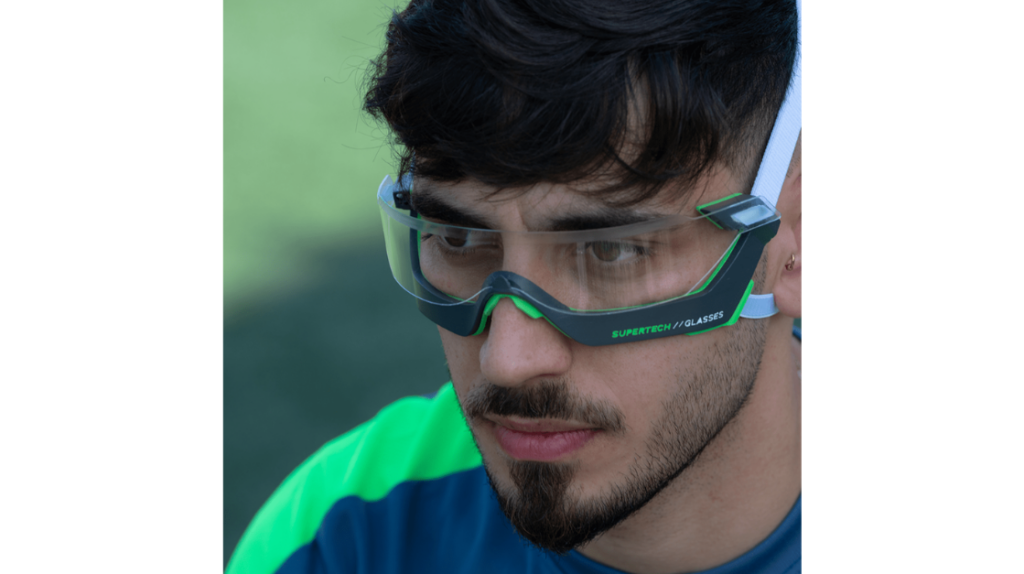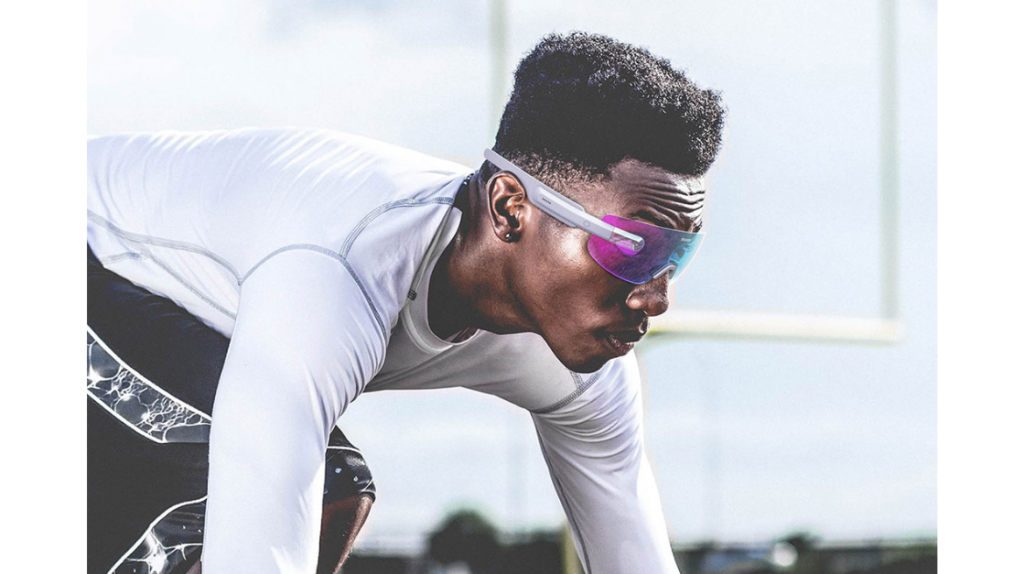Sports training is evolving fast, and augmented reality (AR) is at the heart of the transformation. With AR glasses, athletes can get instant feedback, sharpen their techniques, and even step into game-like scenarios—all in real-time. This technology isn’t just a cool gadget; it’s changing the way athletes train, making every session smarter and more effective.
The Role of AR Glasses in Modern Sports Training
AR glasses offer live feedback during workouts. Instead of waiting for video reviews or post-training analysis, athletes can instantly adjust their techniques as they train. With movement tracking and biomechanical analysis, they get real-time insights that used to require many extra steps to uncover.
With AR glasses, athletes can see data directly in their line of sight, helping them fix mistakes, fine-tune their movements, and boost efficiency—all while staying in the flow of their training.

Now, coaches can provide remote feedback, add visual cues directly to the athlete’s field of view, and run drills that feel as close to the real thing as possible.
Key Benefits of AR Glasses for Athletes
AR-assisted training improves reaction time and decision-making. By simulating game situations with visual overlays, athletes can sharpen their reflexes and strategic thinking under pressure. It is useful in fast sports, where decisions within split seconds can be decisive.
Footballers practice tactical formations, basketball players analyze defensive positioning, and golfers fine-tune their swings with trajectory analysis.

Tracking joint movements and muscle strain with AR glasses identifies poor mechanics that could cause overuse injuries in athletes and trainers. Such a proactive strategy allows safer training sessions and longer athletic careers.
How AR Glasses Work in Different Sports
Basketball players can take their shot accuracy to the next level with AR. The glasses display helpful info like shooting angles, force, and defensive positioning, allowing athletes to refine their offensive and defensive skills simultaneously.
Tennis players can analyze things like ball spin and serve accuracy. At the same time, golfers get to work on their swing trajectory and putting technique with AR overlays, making practice feel more focused and productive.
For martial artists and boxers, AR glasses are perfect for improving reaction speed and simulating opponents. By placing virtual opponents in their line of sight, fighters can work on their reflexes, defensive moves, and striking accuracy in a controlled, interactive environment. It’s all about making their training smarter, faster, and more effective.
The Integration of AI and AR in Sports Coaching
AR glasses powered by AI are personalizing sports training based on an athlete’s strengths and weaknesses. They develop custom drills for individual skills.
Athletes now train with virtual coaches who give feedback live, analyze performance on the spot, and make recommendations based on live data – it’s like having a personal trainer on call 24/7.
Some professional sports teams are already using AR technology. Team analysis and tactical decision-making can be improved by using AR glasses during training and games. It’s changing how athletes train—every session is more precise and performance-driven.
Challenges and Limitations of AR in Sports Training
Right now, top-tier AR technology is expensive, so it’s mostly used by professional athletes and elite training programs. Getting access to this kind of tech is still tough for everyday athletes or smaller gyms.

AR can provide great insights, but it can’t replace instincts and quick decision-making. No matter how advanced the tech is, athletes still need to trust their training and react in the moment without depending on digital feedback.
There’s also the risk of distraction. While AR overlays can be helpful, athletes need to stay focused on the game itself. If they spend too much time looking at digital cues instead of reading the play in real-time, it could do more harm than good.
The Future of AR Glasses in Athletic Performance
Over the next decade, AR glasses will be better made, cheaper, and more common in sports training. Thanks to technological advances, moving image tracking, biometric analysis, and AI-driven coaching will all become part of athletic development.
As costs drop, AR glasses will become more accessible for amateur athletes and grassroots sports programs. This democratization of advanced training tools will let future athletes access high-tech coaching methodologies previously reserved for elite professionals.
ARM-driven virtual competitions could also happen. With AR glasses allowing real-time simulation of opponents and game scenarios, athletes can compete in hybrid virtual-physical sports environments beyond traditional training and competition formats.
Frequently Asked Questions
How do AR glasses improve sports training?
AR glasses enhance training by providing real-time performance analytics, motion tracking, and tactical simulations, helping athletes refine their skills with instant feedback.
Can AR glasses replace traditional coaching methods?
No, AR glasses complement traditional coaching by providing additional data-driven insights. They enhance, rather than replace, hands-on coaching and instinctive athletic development.
What sports benefit the most from AR glasses?
Sports that require precision, strategy, and quick decision-making, such as football, basketball, tennis, golf, and martial arts, benefit significantly from AR-assisted training.





